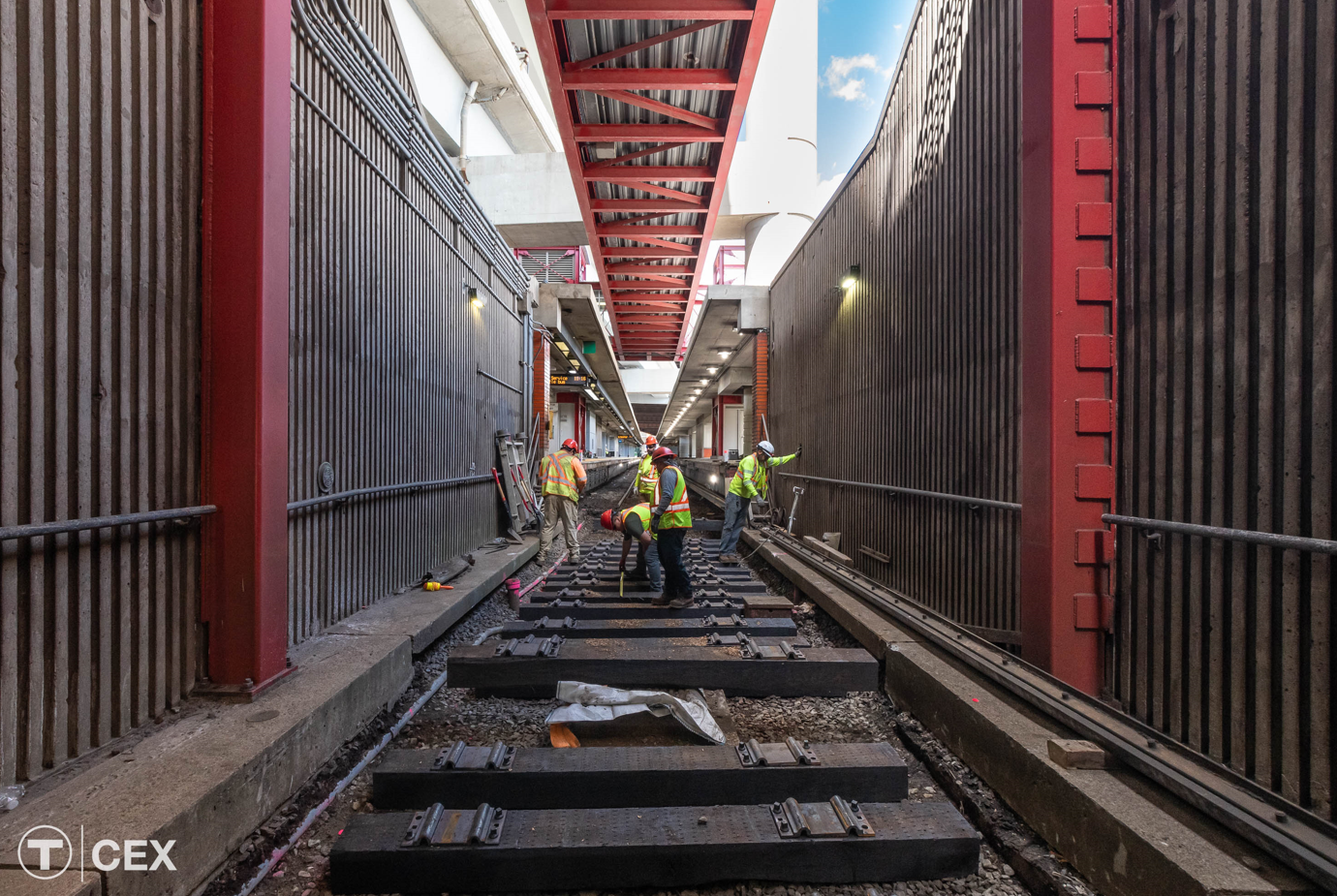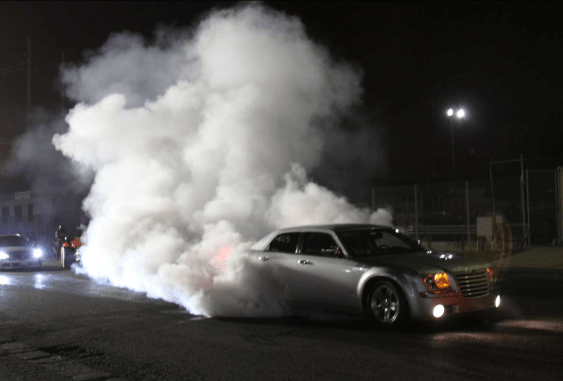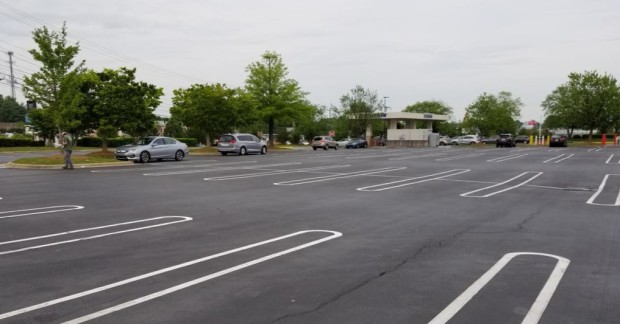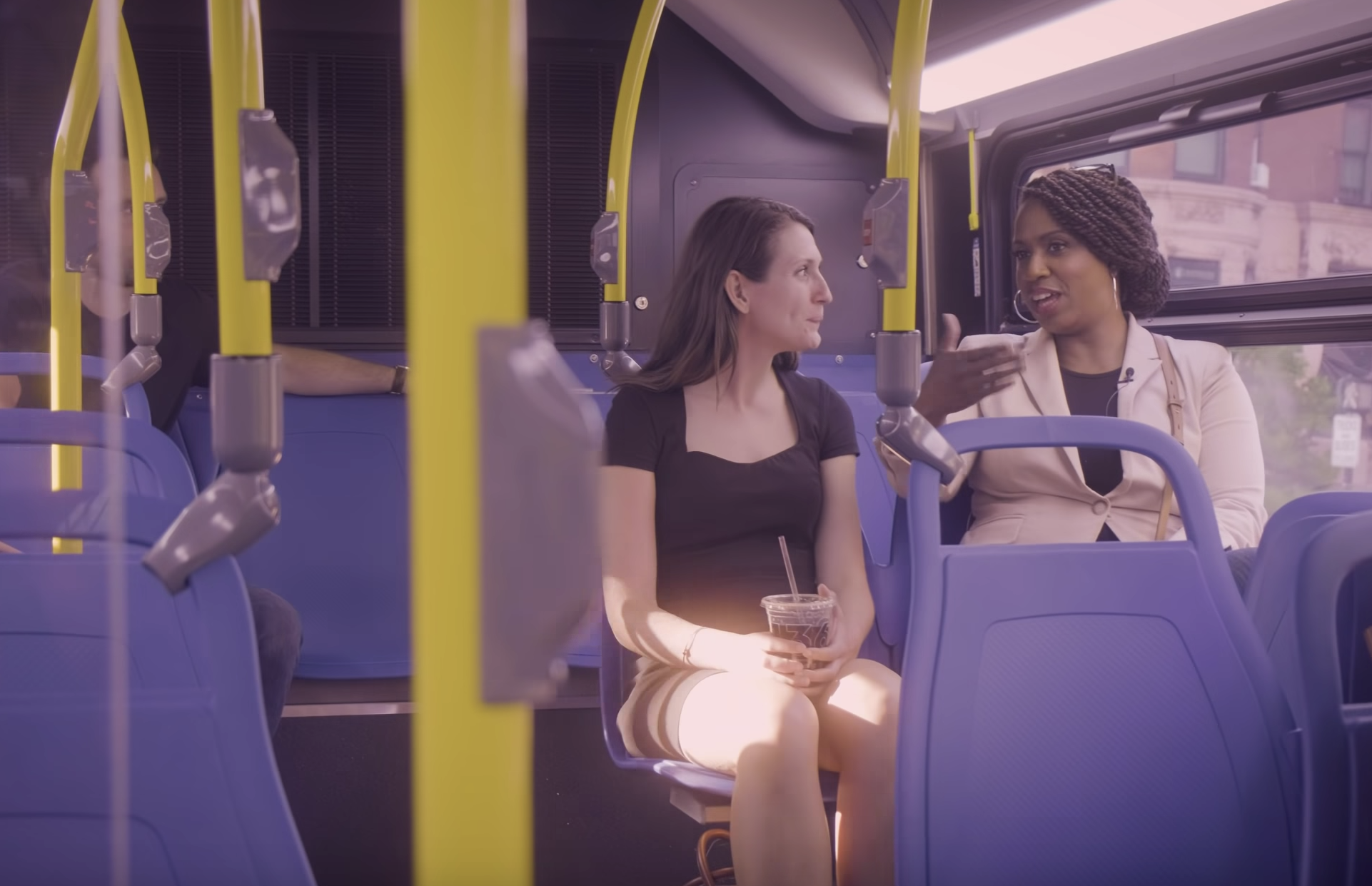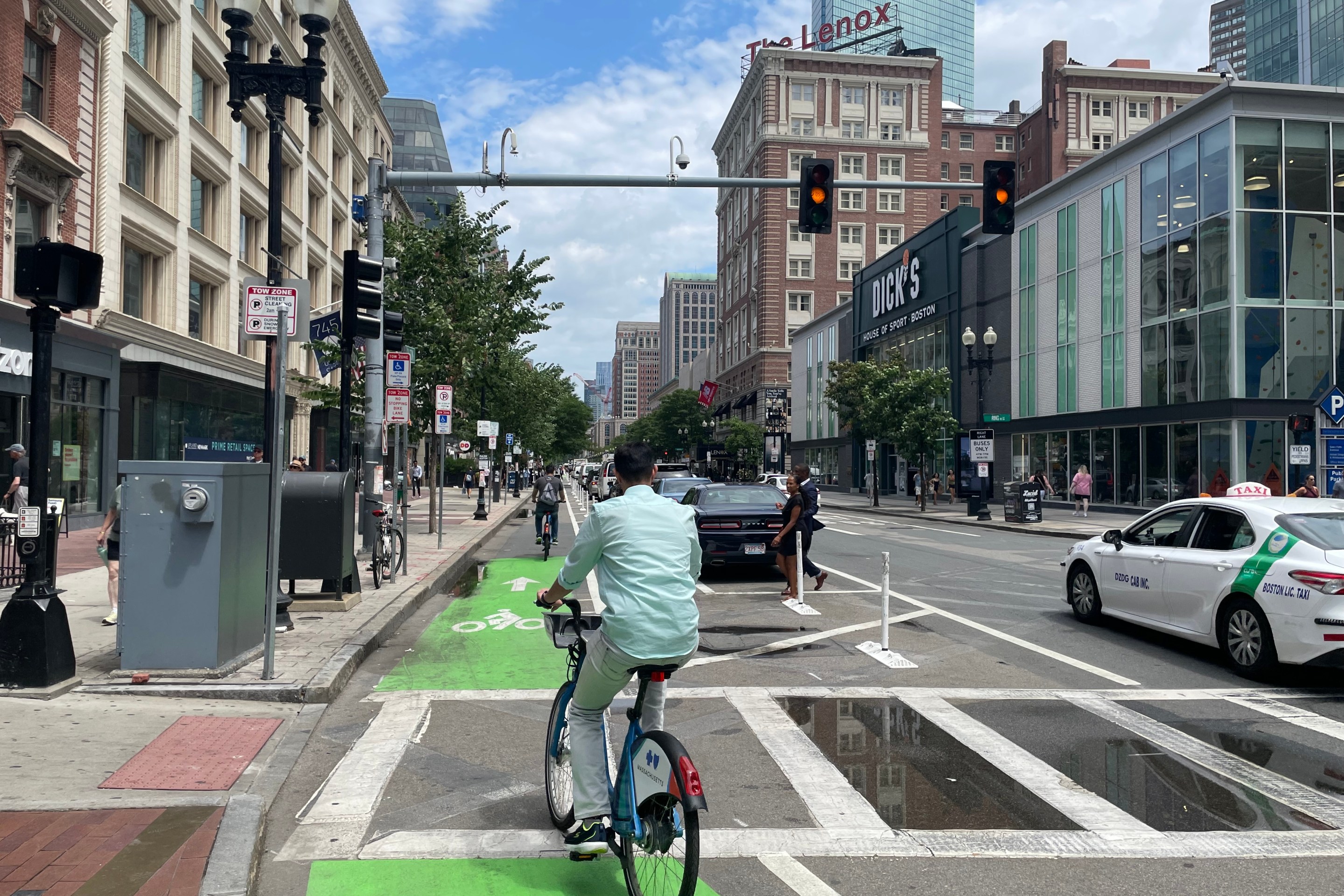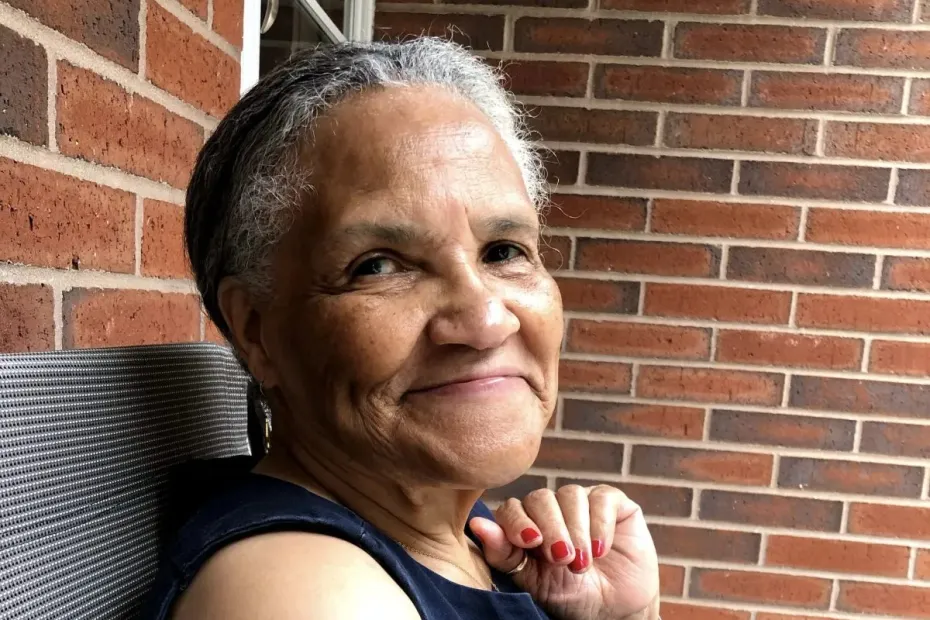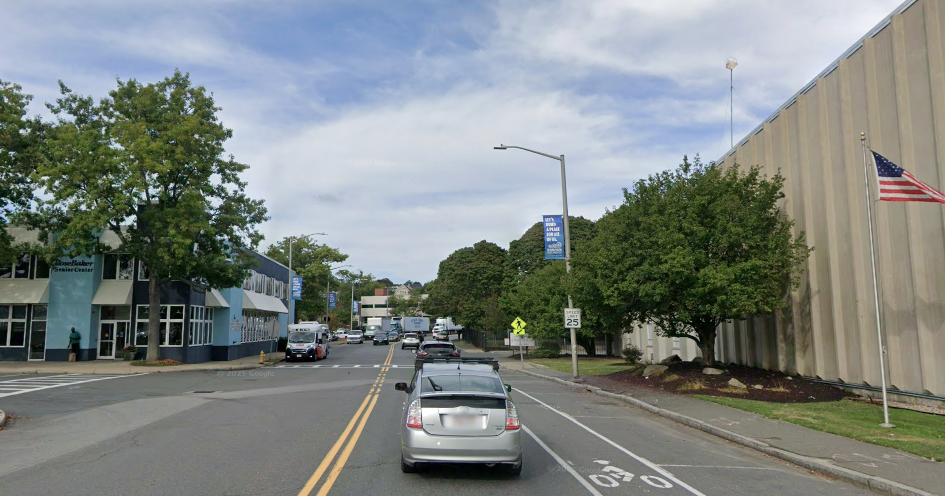The T's 16-day closure of the Red Line in Cambridge earlier this month has apparently removed 9 more slow zones on one of the busiest segments of the region's subway system.
The track work interrupted service for two weeks between Alewife and Kendall/MIT. The closures extended to Park Street in downtown Boston during evenings, and all the way to JFK/UMass for two weekends.
In return for the inconvenience, the T was able to fix a cluster of speed restrictions between Porter and Kendall Squares.

On July 12, the day the closure began, the Red Line had 51 speed restrictions affecting 7.9 miles of track, according to the T's speed restrictions dashboard.
On Monday, when the T reopened the Red Line for service, the same dashboard listed 42 speed restrictions affecting 6.6 miles of track.
Two 25 mph speed restrictions still remain in place on a half-mile section of the southbound track between Central and Kendall/MIT, plus a 10 mph speed restriction on 500 feet of northbound track between Charles/MGH and Kendall/MIT.
About 22 of those remaining slow zones on the Red Line affect the Braintree branch, between JFK/UMass and the end of the line.
That segment of the Red Line has not yet been subject to any multi-day closures for track work, but the T plans to close that segment of the Red Line for most of September to fix at least 20 more slow zones.
